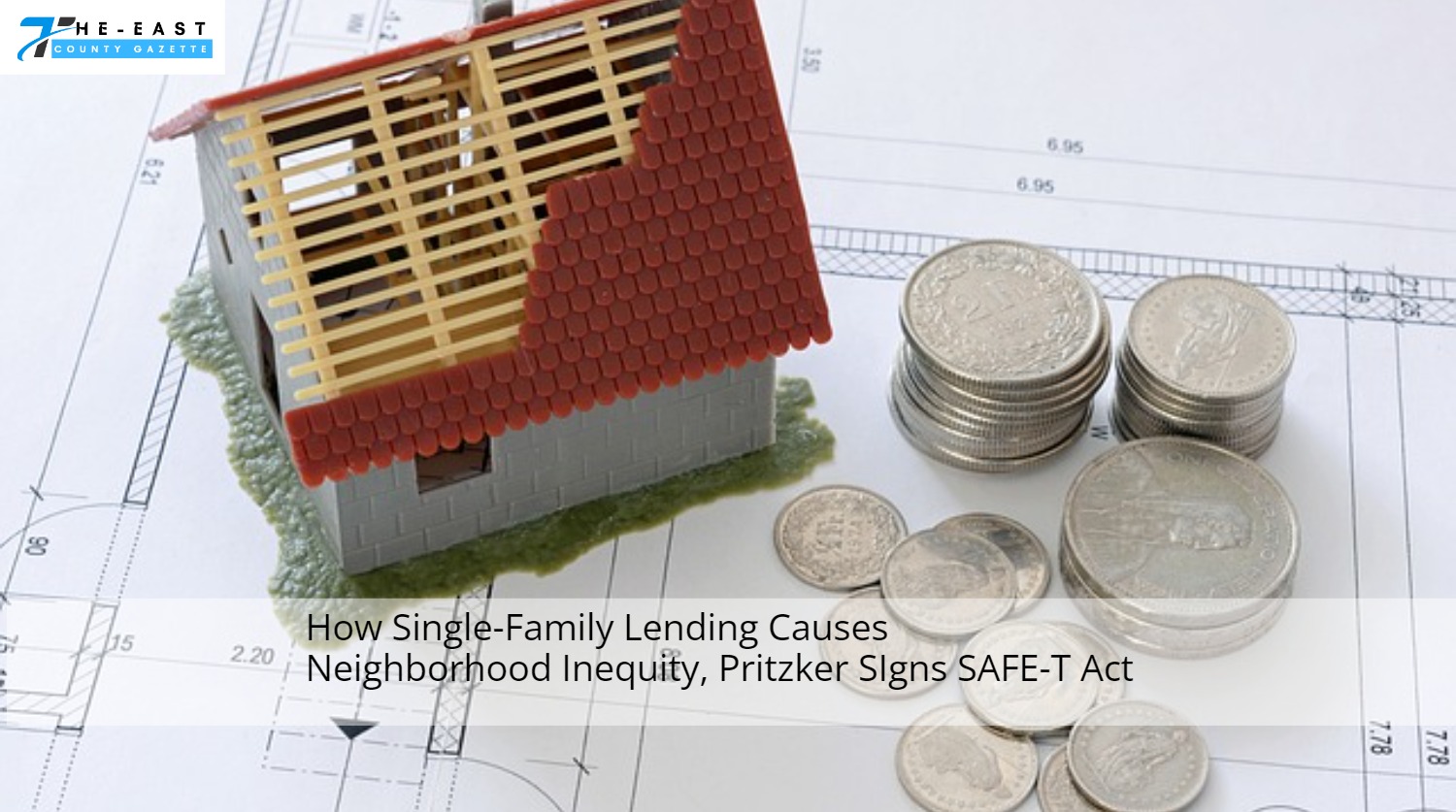A recent analysis from the Urban Institute finds that lending for single-family homes significantly contributes to inequality between the different neighborhoods of Chicago.
The Urban Institute in Washington, DC, has released research today that analyses the different kinds of investments that will be made in Chicago between 2010 and 2020. According to institute researcher Brett Theodos, analysts spent almost a year researching and comparing the various forms of wealth moving into the city with investments in other cities throughout the country.

Chicago may redouble its efforts to make neighborhoods safer to attract more investment in single-family home financing, but he said other forms of investment need to happen, too. He used Invest South/West in Chicago as an example of a program that uses public and private funds to spur development in specific city areas.
The analysis concluded that a correlation existed between the concentration of black people in a specific location and a lower level of investment compared to neighboring areas with a higher concentration of white residents.
Between 2010 and 2020, the median yearly investment per household for single-family home investments in communities where over 80% of residents identified as Black was $5,050. Neighborhoods where more than 80% of residents identify as white received $30,284, according to the report. More than $6,000 was allocated to areas where over 60% of residents identified as Latino or Hispanic, while over $15,000 was given to areas where over 20% of individuals identified as Asian.
The work of mission finance and the public sector to “catalyze and encourage growth and greater investment” is “very remarkable,” as Theodos put it. “Of course, it has to be done in a way that builds up the residents there rather than trading them for new residents. It takes charity, charities, and governments prepared to take more risks to move forward.”
The correlation between housing loans and racial inequality in Chicago is not new, as evidenced by the Urban Institute’s research. Lincoln Park, a primarily white area, received more bank investment in 2020 than all of Chicago’s black-majority communities, according to a report by WBEZ and City Bureau. Data from the Home Mortgage Disclosure Act, 2010-2020, for loans on owner-occupied single-family houses with fewer than four units were analyzed for the Urban Institute paper.
Theodos urged policymakers to consider how local, state, and federal initiatives may be coordinated to maximize returns on investment.

